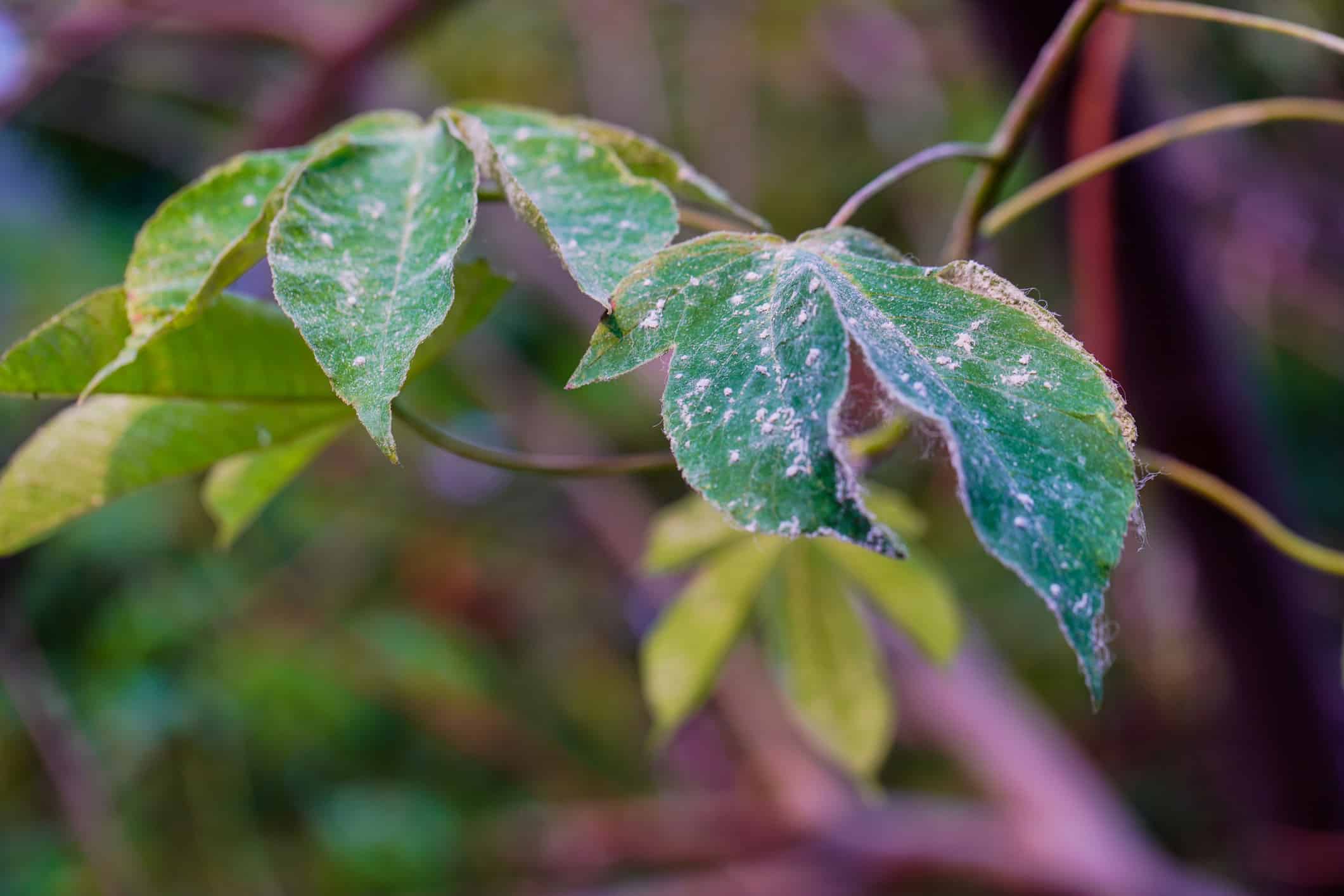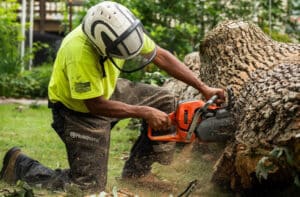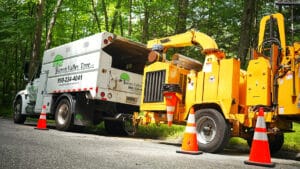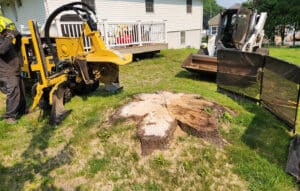Understanding and Managing Powdery Mildew on Trees in Connecticut

At Green Valley Tree, LLC, we understand that keeping your trees healthy and vibrant is essential to preserving the natural landscape of Connecticut. One common issue that many tree owners face, especially here in Connecticut, is powdery mildew. This fungal disease can affect a variety of trees, leading to unsightly foliage and, if left untreated, potentially more serious health issues for your trees. In this blog post, we’ll explore what powdery mildew is, how to identify it, and the best practices for managing and preventing it.
What is Powdery Mildew?
Powdery mildew is a fungal disease that appears as a white or grayish powdery coating on the leaves, stems, and sometimes fruits of trees. Unlike many fungal diseases that thrive in wet conditions, powdery mildew prefers warm, dry environments, making Connecticut’s summer and early fall an ideal time for it to flourish.
Identifying Powdery Mildew
The early signs of powdery mildew include small, white or grayish spots on the upper surface of leaves. As the disease progresses, these spots can expand and cover larger areas, eventually leading to leaf yellowing and premature leaf drop. In severe cases, powdery mildew can stunt the growth of young trees and reduce their overall vigor. Early detection is key to managing powdery mildew effectively. Here are some signs to look out for:
- White or Gray Coating: The most distinctive symptom is a white or gray powdery coating on the upper surfaces of leaves.
- Distorted Leaves: Infected leaves may become curled or twisted.
- Yellowing and Premature Leaf Drop: Severe infections can cause leaves to yellow and drop prematurely.
- Stunted Growth: Young shoots and leaves may exhibit stunted growth.

Impact on Trees
While powdery mildew is rarely fatal to trees, it can significantly impact their health and appearance. Infected leaves cannot photosynthesize effectively, leading to reduced energy production and slower growth. For fruit-bearing trees, powdery mildew can also affect the quality and quantity of the fruit produced.
Trees Commonly Affected by Powdery Mildew
In Connecticut, powdery mildew can affect a variety of tree species including:
- Maples
- Oaks
- Dogwoods
- Crabapples
Managing Powdery Mildew
If you notice signs of powdery mildew on your trees, it’s important to act quickly. Here are some steps you can take to manage this fungal disease:
1. Improve Air Circulation
Pruning dense areas of your tree can help improve air circulation, reducing the humidity levels that powdery mildew thrives in. Ensure proper spacing between trees to allow for better airflow.
2. Watering Practices
Water trees at the base rather than from above to keep the foliage dry. Water early in the day so that any water on the leaves has time to evaporate.
3. Fungicidal Treatments
In severe cases, fungicidal treatments may be necessary. At Green Valley Tree, LLC, we can recommend and apply appropriate fungicides to help control the spread of powdery mildew. Learn more about our plant health care programs.
4. Regular Monitoring
Regularly inspect your trees for signs of powdery mildew, especially during the growing season. Early detection can make a significant difference in the effectiveness of your management efforts.
5. Clean Up Debris
Remove and dispose of any infected leaves and debris from around the base of the tree to prevent the spread of the fungus.
Preventing Powdery Mildew
Prevention is always better than cure. Here are some tips to help prevent powdery mildew from affecting your trees:
- Select Resistant Varieties: When planting new trees, consider choosing varieties that are resistant to powdery mildew.
- Maintain Tree Health: Healthy trees are less susceptible to diseases. Ensure your trees are well-watered, properly fertilized, and pruned.
- Proper Spacing: Ensure trees are planted with adequate spacing to allow for good air circulation. Regular pruning helps improve airflow and reduced humidity levels that can encourage fungal growth.
Conclusion
Powdery mildew is a common but manageable problem for trees in Connecticut. By staying vigilant and employing proper management techniques, you can keep your trees healthy and beautiful. If you need professional assistance, Green Valley Tree, LLC is here to help. Our team of experts is dedicated to providing top-notch tree care services to ensure your trees thrive.




